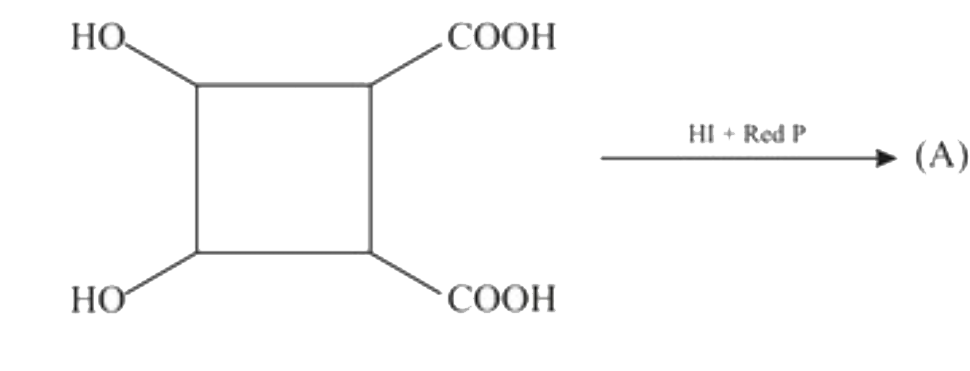State four diffences between compunds and mixture,
Step-by-Step Text Solution:
1. Composition:
- Compounds: The composition of elements in a compound is fixed. This means that a compound always contains the same proportion of its constituent elements. For example, water (H₂O) always consists of two hydrogen atoms and one oxygen atom.
- Mixtures: The composition of elements in a mixture is not fixed. This means that the proportions of the components can vary. For example, in a mixture of salt and water, the amount of salt can change.
2. Properties:
- Compounds: The properties of a compound are different from those of its constituent elements. For instance, sodium (Na) is a highly reactive metal, and chlorine (Cl) is a poisonous gas, but when they combine to form sodium chloride (NaCl), it becomes table salt, which is safe to eat.
- Mixtures: A mixture retains the properties of all its constituent elements. For example, in a mixture of iron filings and sulfur, both iron and sulfur retain their individual properties.
3. Separation Process:
- Compounds: The constituents of a compound can only be separated by chemical methods. This means that breaking down a compound requires a chemical reaction. For example, water can be separated into hydrogen and oxygen gases through electrolysis.
- Mixtures: The constituents of a mixture can be separated by physical methods. This could include techniques like filtration, evaporation, or distillation. For example, sand can be separated from water by filtration.
4. Nature:
- Compounds: A compound is always homogeneous in nature. This means that it has a uniform composition throughout. For instance, sugar dissolved in water creates a homogeneous solution.
- Mixtures: Mixtures can be either homogeneous or heterogeneous. A homogeneous mixture has a uniform composition (like saltwater), while a heterogeneous mixture does not (like a salad, where you can see the different ingredients).
Summary of Differences:
1. Composition: Fixed in compounds, variable in mixtures.
2. Properties: Different in compounds, same as constituents in mixtures.
3. Separation: Requires chemical methods for compounds, physical methods for mixtures.
4. Nature: Homogeneous in compounds, can be homogeneous or heterogeneous in mixtures.
---
- Compounds: The composition of elements in a compound is fixed. This means that a compound always contains the same proportion of its constituent elements. For example, water (H₂O) always consists of two hydrogen atoms and one oxygen atom.
- Mixtures: The composition of elements in a mixture is not fixed. This means that the proportions of the components can vary. For example, in a mixture of salt and water, the amount of salt can change.
- Compounds: The properties of a compound are different from those of its constituent elements. For instance, sodium (Na) is a highly reactive metal, and chlorine (Cl) is a poisonous gas, but when they combine to form sodium chloride (NaCl), it becomes table salt, which is safe to eat.
- Mixtures: A mixture retains the properties of all its constituent elements. For example, in a mixture of iron filings and sulfur, both iron and sulfur retain their individual properties.
- Compounds: The constituents of a compound can only be separated by chemical methods. This means that breaking down a compound requires a chemical reaction. For example, water can be separated into hydrogen and oxygen gases through electrolysis.
- Mixtures: The constituents of a mixture can be separated by physical methods. This could include techniques like filtration, evaporation, or distillation. For example, sand can be separated from water by filtration.
- Compounds: A compound is always homogeneous in nature. This means that it has a uniform composition throughout. For instance, sugar dissolved in water creates a homogeneous solution.
- Mixtures: Mixtures can be either homogeneous or heterogeneous. A homogeneous mixture has a uniform composition (like saltwater), while a heterogeneous mixture does not (like a salad, where you can see the different ingredients).
1. Composition: Fixed in compounds, variable in mixtures.
2. Properties: Different in compounds, same as constituents in mixtures.
3. Separation: Requires chemical methods for compounds, physical methods for mixtures.
4. Nature: Homogeneous in compounds, can be homogeneous or heterogeneous in mixtures.
Topper's Solved these Questions
- BOOK - ICSECHAPTER - ELEMENTS COMPOUNDS AND MIXTURES. EXERCISE - OBJECTIVE TYPE QUESTIONS (FIIL IN THE BLANKS )10videos
ELEMENTS COMPOUNDS AND MIXTURES.
- BOOK - ICSECHAPTER - ELEMENTS COMPOUNDS AND MIXTURES. EXERCISE - OBJECTIVE TYPE QUESTIONS (MULTIPLE CHOICE QUESTIONS)5videos
ELEMENTS COMPOUNDS AND MIXTURES.
- BOOK - ICSECHAPTER - ELEMENTS COMPOUNDS AND MIXTURES. EXERCISE - OBJECTIVE TYPE QUESTIONS (MULTIPLE CHOICE QUESTIONS)5videos
ELEMENTS COMPOUNDS AND MIXTURES.
- BOOK - ICSECHAPTER - ATOMS, MOLECULES AND RADICALSEXERCISE - State the term for the following5videos
ATOMS, MOLECULES AND RADICALS
- BOOK - ICSECHAPTER - LANGUAGE OF CHEMISTRY EXERCISE - OBJECTIVE TYPE QUESTIONS (MULTIPLE CHOICE QUESTIONS)6videos
LANGUAGE OF CHEMISTRY
Similar Questions
State
(a) Three differences between water and air.
(b) Four differences between compounds and mixtures.View SolutionState four differences between physical and chemical changes.
View SolutionDifferentiate between a compound and a mixture.
View SolutionState four differences between a single fixed pulley and a single movable pulley.
View SolutionState differences between seed and ovule.
View SolutionGive four differences between Auxins and Gibberellins.
View SolutionGive four differences between enzymes and inorganic catalyst.
View SolutionList any four differences between photosynthesis and respiration.
View Solution
The compund 'A' isView SolutionList the points of differences between homogeneous and heterogenous mixtures.
View Solution

